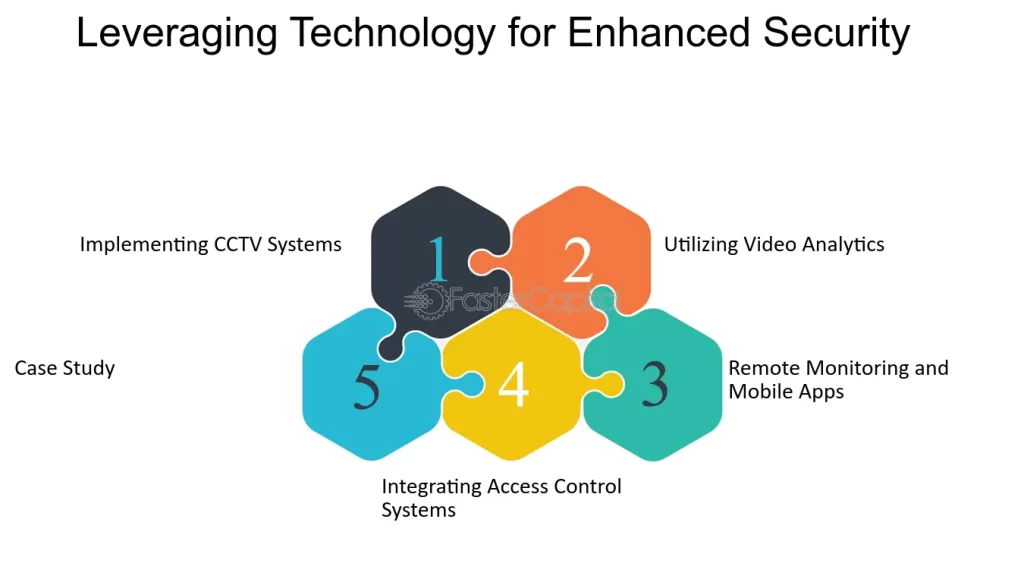Build Cyber Resilience: Latest News and Best Practices
Cyber Resilience
Cyber resilience means preparing for, responding to, and recovering from cyber threats effectively. It goes beyond traditional cybersecurity measures to ensure that an organization can continue its operations even during a cyber attack. With the rise in cyber threats, building cyber resilience has become a priority for businesses of all sizes.
Understanding the Latest Cyber Threats
Staying updated on the latest cyber threats is crucial for building resilience. Cyber threats evolve rapidly, with new tactics and technologies constantly emerging. Recent news highlights sophisticated attacks such as ransomware, where attackers lock up data and demand a ransom for its release. Another trend is phishing scams, where attackers trick individuals into revealing sensitive information.
Businesses must be aware of these threats to protect themselves. Regularly updating software and systems, educating employees about the latest scams, and employing advanced security measures are essential steps. By staying informed, organizations can better anticipate and counteract potential cyber attacks.
Implementing Effective Cybersecurity Measures
Effective cybersecurity measures form the backbone of cyber resilience. This includes using strong passwords, multi-factor authentication, and regularly updating software to fix vulnerabilities. Firewalls and antivirus programs are also crucial in defending against malicious attacks.
Organizations should also consider implementing an intrusion detection system (IDS) to monitor network traffic for suspicious activity. Regular security audits and vulnerability assessments can help identify and address weaknesses before attackers can exploit them.
Developing a Robust Incident Response Plan
Having a well-defined incident response plan is critical for managing and recovering from cyber incidents. This plan should outline the steps to take in the event of a cyber attack, including who to contact, how to contain the threat, and how to communicate with stakeholders.
The incident response plan should be regularly tested and updated to reflect new threats and changes in the organization’s structure. Practicing response scenarios helps teams react quickly and effectively when a real attack occurs, minimizing damage and downtime.
Training Employees on Cybersecurity Best Practices
Employees play a vital role in maintaining cyber resilience. Training them on cybersecurity best practices helps prevent attacks caused by human error. This training should cover topics such as recognizing phishing emails, using strong passwords, and avoiding suspicious links or attachments.
Regular refresher courses and simulations can reinforce these practices and keep employees aware of the latest threats. By fostering a culture of cybersecurity awareness, organizations can reduce the risk of successful cyber attacks.
Leveraging Advanced Technologies for Enhanced Protection

Advanced technologies can significantly boost cyber resilience. Artificial intelligence (AI) and machine learning (ML) are increasingly used to detect and respond to cyber threats. These technologies analyze large volumes of data to identify patterns and anomalies that may indicate an attack.
Automated security tools can also streamline threat detection and response, allowing organizations to react faster and more effectively. Investing in these technologies helps organizations stay ahead of evolving threats and strengthen their overall security posture.
Collaborating with External Experts
Collaborating with external cybersecurity experts can provide additional support and insights. Managed security service providers (MSSPs) offer specialized services such as threat monitoring, incident response, and compliance management.
External experts bring a wealth of knowledge and experience, helping organizations implement best practices and stay updated on the latest threats. Building strong relationships with these professionals can enhance an organization’s cyber resilience and ensure it remains prepared for any cyber challenge.
Evaluating and Improving Cyber Resilience Continuously
Cyber resilience is not a one-time effort but an ongoing process. Regularly evaluating and improving cybersecurity practices ensures that an organization remains prepared for new and evolving threats. This involves reviewing and updating security measures, conducting regular risk assessments, and incorporating lessons learned from past incidents.
Continuous improvement helps organizations adapt to changes in the cyber threat landscape and maintain a strong defense. By staying proactive and vigilant, businesses can enhance their cyber resilience and better protect themselves against cyber attacks.
Conclusion
Building cyber resilience involves understanding current threats, implementing strong cybersecurity measures, and preparing for potential incidents. By staying informed, training employees, leveraging advanced technologies, and collaborating with experts, organizations can strengthen their defenses and ensure they can continue operating even in the face of cyber challenges.



